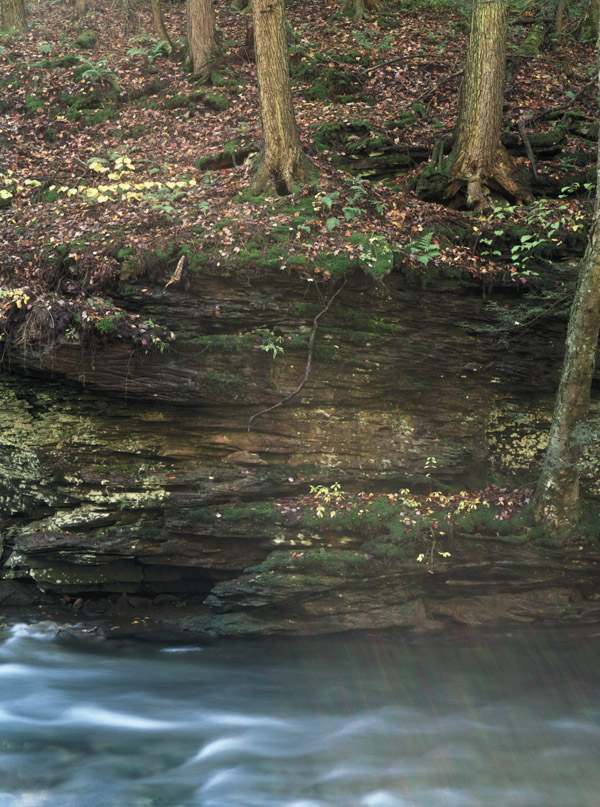Recently a friend asked how do you get the sensation of motion in photos with water. It is very simple a long exposure, but what is long enough? It depends on the situation. Below are three photos that use long exposures to get the feeling of motion. All use shutter speeds over a second. Matter of fact I tend to use long exposures in most of my landscape photos. One reason is stopping down to small f-stops to get the depth of field needed. The second is the older photos are taken with a 4X5 camera which eats up light due to the small f-stops. Most view camera lens are f 9.0 at wide open. Let’s get to the photos.
The first photo was inspired by my good friend Chris Foster a very accomplished photographer. Chris photographs real estate for Real Estate agents in the Hamptons. He has been in some of the most expensive and exclusive homes in the country. We were climbing around the rocks at Montauk the sun was setting, and we were looking to get that last photo of the day. The photo was taken with a Nikon DSLR and a 70mm lens. The exposure was 2.5 seconds. Not having my tripod with me I got down on the rocks rested the camera on a boulder, and held it as still as I could.
The second photo was taken upstate New York in the Catskills with a 4X5 view camera. I was hiking around the area looking for some water falls and lakes. Unfortunately the waterfalls were not interesting, however I came across this stream and grabbed this photo. The lens was a 210mm lens and the exposure was up around 10 seconds. The woods were dark due to the foliage on the trees, and there wasn’t much contrast in the scene. The film was pushed processed to add contrast, and as you can see there was some light flare even with a lens shade.
The last photo was a very long exposure taken with a 4X5 camera with a pin hole lens. Pin hole cameras were invented by Leonardo Da Vinci. He invented the camera obscura and used it to view scenes for paintings. The lens is a piece of metal with a small hole made by a pin. I found a company that made laser cut pin holes for measuring the viscosity of fluids. The advantage is a very sharp image, and the f stop can be calculated. In this case the f stop is around 256. Due to the extremely small f stop it is almost impossible to crop the image in the camera, because the image is too dark. The method is aim, shoot,and hope for the best. The following photo had an exposure of around 45 seconds to 1 minute. Taken along the shore line the constantly moving surf created a cloud or fog like sensation.
As the three examples show the longer the exposure the more wispy and less water like the image looks. It is always best to experiment with the exposure to get the look you want. Using neutral density filters can help get your shutter speed slow and long enough for the effect your looking for.



